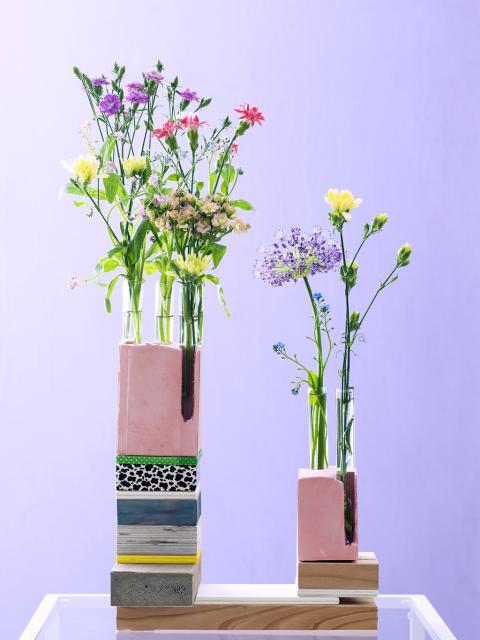Colours and shapes
There are some 300 different varietes of allium in total, and almost all of them bloom in the summer. The ball of flowers is greater or smaller depending on the variety, and colours range from white to purple or blue.
Alliums have a long vase life, and they're also easy to dry, making them a sustainable flower choice. It's only when the stems are cut that the plant releases its characteristic smell of scallions, so plunge them in water immediately after trimming to minimise their pungency.
Symbolism
Onions are have many traditional uses, especially the strongly-scented varieties. Cut in half, or hung up in a string, they are said to keep away bad luck, sickness and even witches. Allium victorialis, also known as the Alpine leek, represents victory. In Germany it's even known as 'the ordinary man’s armour'.
Origin
Alliums grow in temperate regions in the northern hemisphere. The Romans used the word ‘allium’ to refer to garlic, but it has become the family name for all onion crops, including chives and leeks. Allium Giganteum is the largest variety of the allium flower, growing up to 1.5 metres tall and with purple flower clusters that can measure an extraordinary 15 cm across.





















